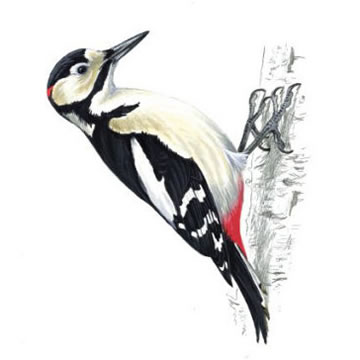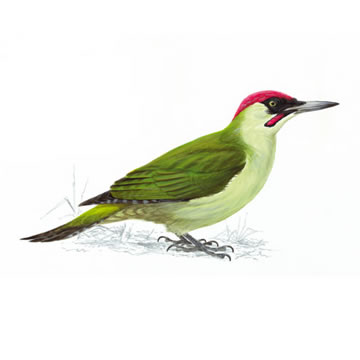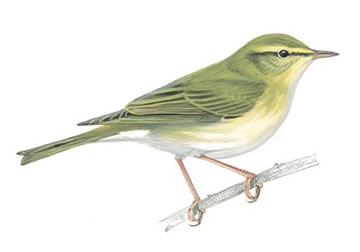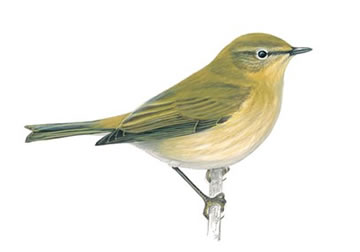Members Article
We asked member Terry Scragg, a keen local ornithologist, to give us some pointers of what birds we can expect to see in the coming months.
Most anglers will tell you that there is so much more to our sport than simply catching fish – who said that catching fish was simple anyway ?
We are fortunate to have a range of beautiful, quiet fisheries across West Sussex and often we see the more recognisable bird species such as heron, kingfisher, wagtail or buzzard but it is only when you share the bank with an expert that you realise just how much you are actually missing. We therefore asked member Terry Scragg, a keen local ornithologist, to give us some pointers for the coming months.
Farmland birds……
The environment around our clubs lakes and rivers is mainly farmland, which strongly suggests what birds we are most likely to see. Where farmland is largely devoted to grazing animals this in turn provides a range of feeding opportunities for birds. The larger birds typically include Rooks, Crows, Magpies and Woodpigeons, and less commonly Kestrels and occasionally Barn Owls. You may also see the Buzzard soaring above farmland as they have increased significantly and are now seen in most parts of Sussex. Where there is arable farmland, for example around the Stemps and Cart ponds, it is likely to attract a smaller range of birds due to densely planted crops with its less diverse vegetation. The presence of copses, hedgerows and scrub around field margins on farmland is particularly important as it is a good habitat for woodland birds such as Blackbirds, Thrushes, Dunnocks, Chaffinches and Wrens.
Two woodpeckers you may see or hear…..
Where there are suitable trees you may also see, or hear, Woodpeckers. You are likely to see two woodpeckers along the Rother with its extensive woodland, particularly where it contains older or decaying trees. The Green Woodpecker flies fast in an undulating flight pattern on rapid wings. You may hear its characteristic laughing call (the yaffle) or see it on the ground where it is searching for ants – its main food source. In the summer you may also be fortunate to see it teaching its young to feed by exposing ants nests. The Great Spotted Woodpecker (right) is more often heard than seen. If you hear a rapid drumming noise coming from woodland it is likely to be the Great Spotted, a black and white bird with a red head, which drums on trees as it digs nest holes and announcing its presence to rival males. As spring approaches this habitat becomes home for a few months to the warblers who are summer visitors from Africa.


Summer Visitors….
Spring heralds the arrival of birds that migrate to the UK from Africa, driven by the combination of weather and available food that provide the right conditions for breeding. As soon as they arrive the male establishes its territory, attracts a mate and raises one or two broods before setting off to Africa again in the late summer or early autumn. They include, the Willow Warbler, Whitethroat, Blackcap and Nightingale. Many of these birds, which birdwatchers call little brown jobs (LBJ’s), can be difficult to identify, as their plumage tends to be drab with few easily distinguishing marks. The main key to identification is through their song.One of the easier warblers to identify is the Chiffchaff whose song is described in its name. Early in the spring around March – April you may hear the repetitive ‘chiff-chaff’ endlessly repeated. The Nightingale is also easy to recognise once you have heard it with an experienced birdwatcher. Interestingly some warblers now overwinter in the south which may be related to long-term climatic changes.
Newcomers……
A newcomer on the Arun you may see is the Little Egret, a ‘Persil White’ heron that is spreading rapidly through the southeast and was once more commonly seen around the Mediterranean. This heron was first identified in Dorset about 20 years ago and has spread along the south coast, with a large number of pairs now resident in Chichester harbour and successfully breeding on the south coast. I regularly see a roost of 10 birds at Itchenor and have even seen one on the Prebendal playing field in Chichester !
Identification……


The two birds above are very similar when viewed at distance or more likely in the undergrowth so as with a lot of species it is sometimes easier to identify them by their songs.
Many of our members, and also many anglers generally, support conservation organisations and charities like the RSPB such is their passion for the countryside and natural history.
The pictures on this page are from the RSPB website – their excellent website is worth a visit to learn all about British Birds including help in identifying different species with sound clips !
To visit the RSPB site please click HERE
Dr Terry Scragg




